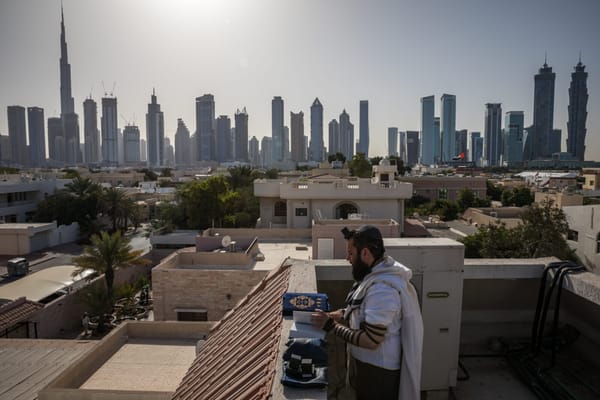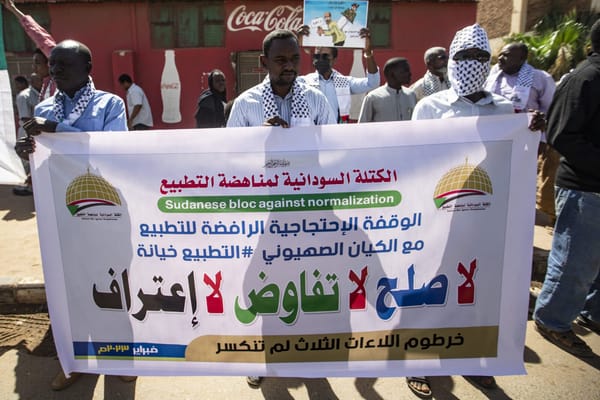Egypt's Elections, Mubarak's Bind
In the May 1984 general elections in Egypt, the ruling National Democratic Party (NDP) won almost 73 percent of the vote. The new Wafd got just above 15 percent. The other three contenders failed to get the eight percent minimum needed for a seat: the Socialist Labor Party (‘Amal) got just over seve









